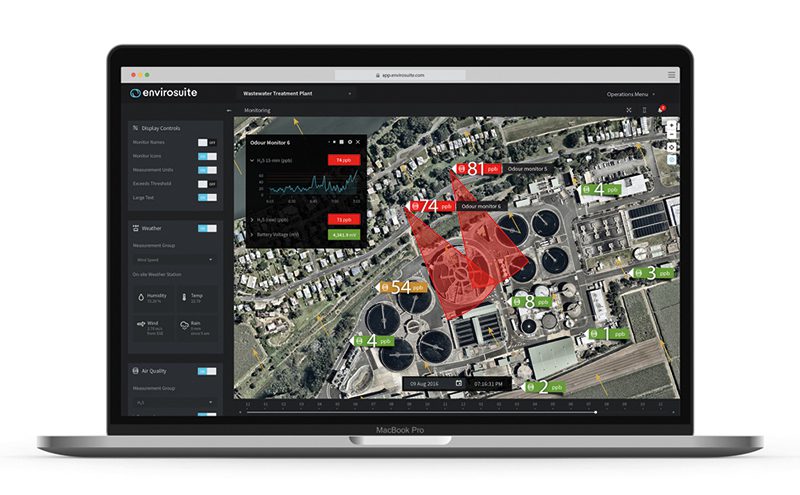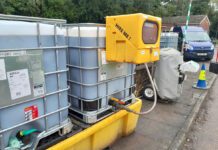A US biennial conference called Odors [sic] and Air Pollutants took place in late March in Portland, Oregon.
Topics covered included a wide range of issues primarily affecting the wastewater treatment industry.
Raymond Porter from environmental monitoring firm Envirosuite presented at the conference, giving a workshop titled “Procedures for Field Inspection of Odours in Ambient Air”. The workshop focussed on European Committee for Standardization (CEN) procedures for assessing odours in ambient air using the grid and plume methods (EN-16841).
This newly adopted procedure has been used in Germany and across Europe for many years, but is new to many across North America, he explained.
Essentially, EN 16841 is based on field inspections and it describes two methods for direct assessment of odours in ambient air making direct use of the effect of odourants on the human sense of smell.
EN 16841 is divided into two parts: EN 16841-1:2016 describes a grid method that uses direct sensory assessment of ambient air by panel members to characterize odour exposure in a defined survey area, and EN 16841-2:2016 describes a plume method for determining the extent of the odour plume downwind from a source.
On behalf of Envirosuite and Porter Odor [sic] Science, Porter hosted a presentation at the Envirosuite booth called “When is Continuous Odour Monitoring Appropriate for Your Organization?”.
He identified three factors to determine if continuous odour monitoring is appropriate for a firm’s operation:
• Critical outcome – If something’s not quite right and you need to make some sort of improvement, what do you want to achieve?
• Active intervention – If you could get the right information, would you be willing to act on it?
• Determining what you need to monitor – What’s the right mix of information that you need to achieve your goals?
Envirosuite’s Environmental Compliance solution (see image) was presented as the ideal dashboard for continuous odour monitoring, allowing users to address all three factors.







